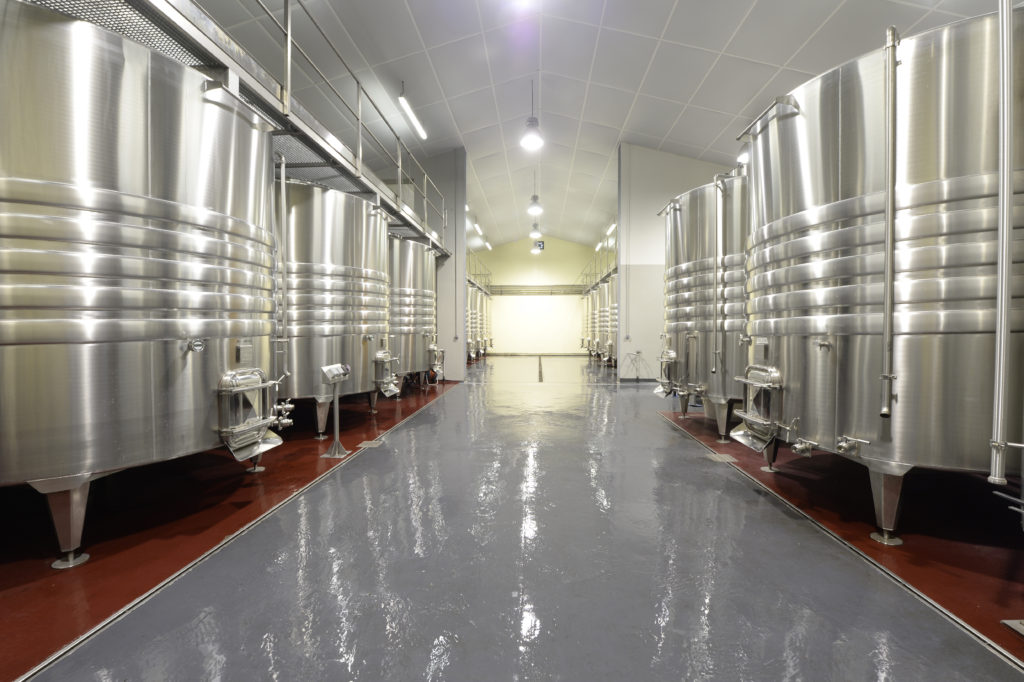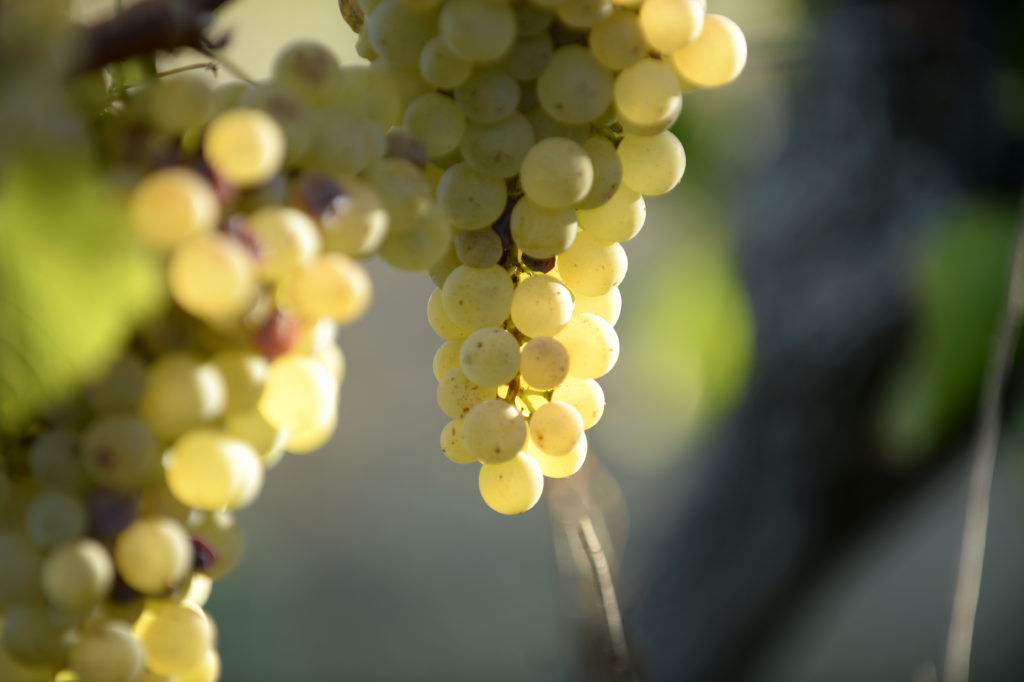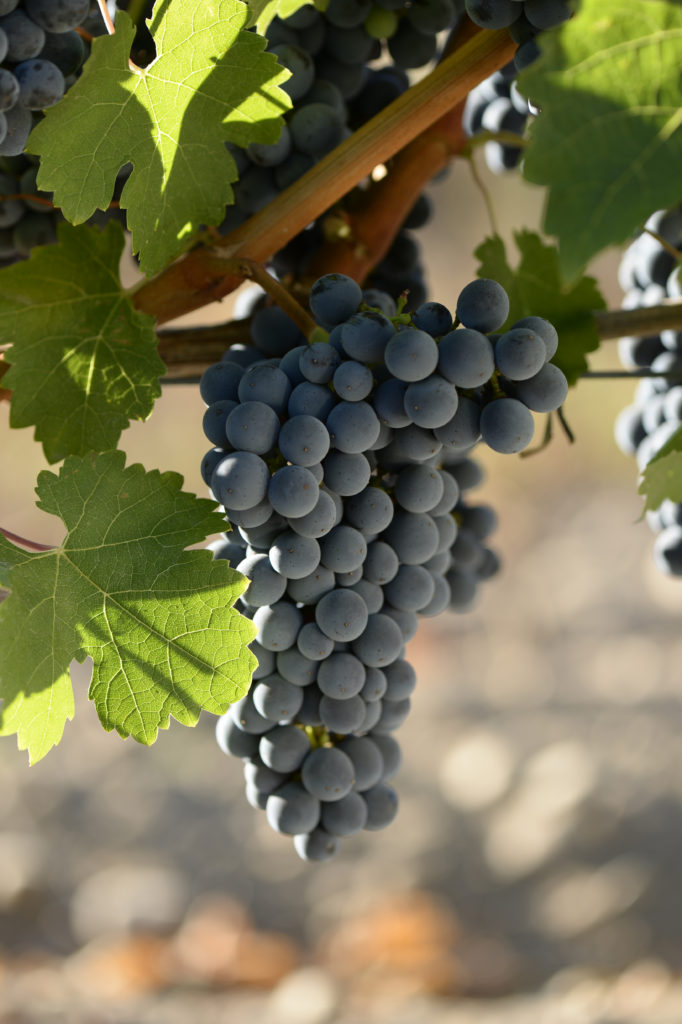The detailed knowledge of our territory has enabled us to adapt the adequacy between the grape varieties and the rootstocks to the different soils, sub-soils and microclimates.

Harvest
The harvest is carried out for 6 to 7 weeks as the grapes mature. The first grape variety to be harvested is Sauvignon Blanc, usually in the beginning of September. We finish with Cabernet Sauvignon, usually around mid-October.
Winemaking
Our Whites

The harvest takes place only very early in the morning before the heat takes over in order to have the freshest grapes possible. The grapes are put in a pneumatic press under inert gas to make a skin maceration from 6 to 18 hours depending on the vintage. Then, the slow and delicate pressing makes it possible to obtain very clear first juices with great aromatic finesse. The absence of oxidation during the entire pressing process makes it possible to maintain fruity juices, which are naturally very pale and also to limit the use of sulphites.
After cold stabilization (5˚C- 6˚C) for 7 to 15 days and settling, the fermentation starts. A third of our production is rapidly moved to oak barrels. During their 9 months of aging, the different batches of whites are stirred regularly. Thanks to this ancestral technique or mechanical process in tanks, the fine lees are resuspended in the barrel or the tank to deliver “fat” and amplitude to the wines.
Our Reds

The bunches of red grapes are sorted twice to eliminate any inappropriate vegetable particles. After a light crushing, the grapes are put in tanks with their skins in order to extract the tannins and the colour. After a short period of cold maceration to extract a maximum of fruity aromas, we start the alcoholic fermentation which will be accompanied by frequent pumping over, in order to keep the marc cap hydrated. This process will give the wine an intense colour and an important tannic structure. Once the alcoholic fermentation is complete, we leave it to macerate calmly for 2 to 3 weeks, at a temperature of around 30˚C in order to complete the extraction. Once the tank has passed, the malolactic fermentation takes place, part of which occurs in new barrels, especially for the Agora cuvées.
Our Red Graves are aged in oak barrels for 12 months for Château des Places and Château Lagrange and from 14 to 16 months for Agora. Slowly, the tannins of the wood will bind with those of the wine and result to more subtle aromas. A third of the barrels are renewed each year.


